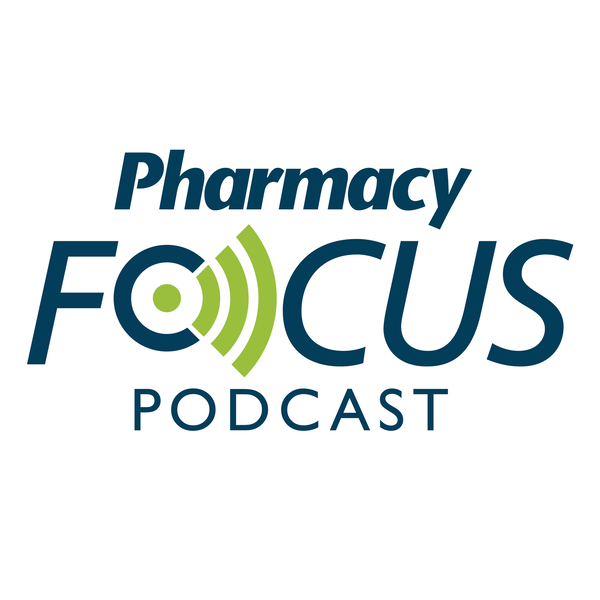Video
Role of Immunogenicity in Biosimilars
Tim Peterson, PharmD, BCOP, leads the discussion on immunogenicity testing and lot-to-lot variability, including the potential impact on the safety and efficacy of reference biologics and their biosimilars.
Bhavesh Shah, RPh, BCOP: My next question is on immunogenicity. Tim, please comment on this in regard to the aspect of immunogenicity for biosimilars and then also the product drift—or what you’d call lot-to-lot variability. How does that play into processing biologics and understanding biosimilars in practice?
Tim Peterson, PharmD, BCOP: Immunogenicity, in addition to the analytical steps of the biosimilar approval process that Ryan explained, is a very important part of the approval process. When we think about immunogenicity, what we’re thinking about are basically very small changes in the manufacturing process, changes to purification processes, the post-translational modifications that can occur. Things like glycosylation and phosphorylation can actually cause changes that affect both antibody-dependent cellular cytotoxicity and complement-dependent cellular cytotoxicity. It can actually confer neutralizing antibodies to the protein itself or to downstream peptides that can affect the efficacy. Looking at the incorporation of immunogenicity testing, it’s a very important piece that the FDA has where we’re comparing the reference biologic products with the biosimilar that’s going through the approval process. But it’s important to note that the effect of immunogenicity is not a unique concern related to biosimilars. This is something that’s been well documented for as long as we’ve had biologics that we know on a lot-to-lot basis—you can have variability based on very minor changes in the manufacturing processes. This is why, when we think about that in product drift and product evolution, which you referred to, it’s very important for postmarketing surveillance and pharmacovigilance to keep track of the original biologic reference product and any of these changes that can affect the safety and efficacy as well as the biosimilar and the approval process, comparing it with that reference biologic product.
Bhavesh Shah, RPh, BCOP: Great points, Tim. This really drills down that that is an important aspect of a biosimilar pathway for an approval. I also think there is always this misconception that each biologic is a biosimilar of itself. People don’t really understand the difference between a product drift, which actually, as you explained, has to do with the reference ranges that are established by the manufacturer that are directly tied to post-translational changes and a lot of the activity. This is in contrast with the biosimilar pathway which is much more complex.
Transcript edited for clarity.





